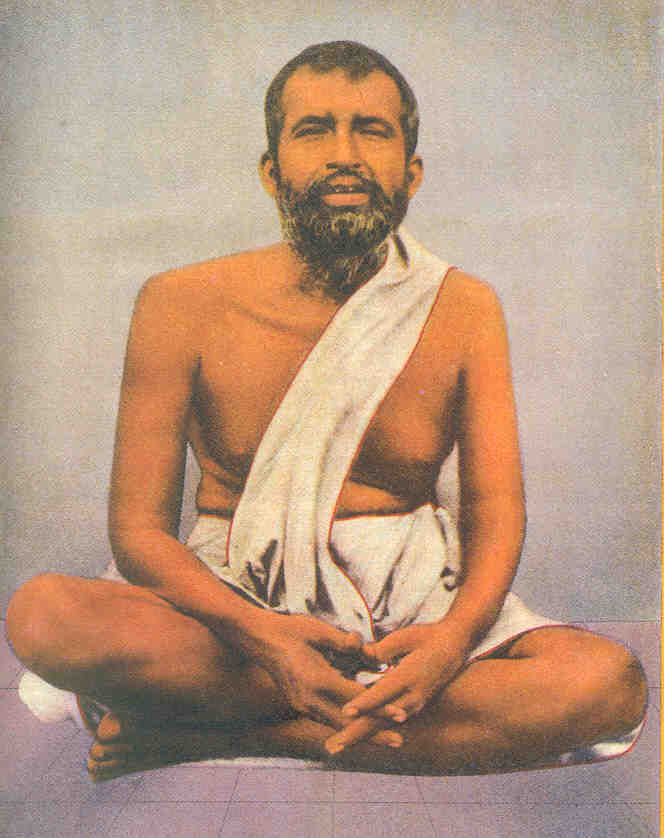The Gospel of Sri Ramakrishna : 26.

SUMMARY OF THE MASTER'S SPIRITUAL EXPERIENCES : We have now come to the end of Sri Ramakrishna's sadhana, the period of his spiritual discipline. As a result of his supersensuous experiences he reached certain conclusions regarding himself and spirituality in general. His conclusions about himself may be summarized as follows: First, he was an Incarnation of God, a specially commissioned person, whose spiritual experiences were for the benefit of humanity. Whereas it takes an ordinary man a whole life's struggle to realize one or two phases of God, he had in a few years realized God in all His phases. Second, he knew that he had always been a free soul, that the various disciplines through which he had passed were really not necessary for his own liberation but were solely for the benefit of others. Thus the terms liberation and bondage were not applicable to him. As long as there are beings who consider themselves bound. God must come down to earth as an I


